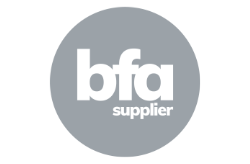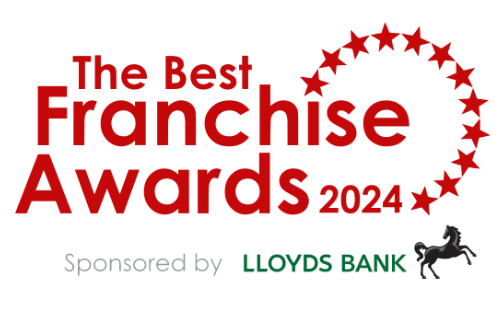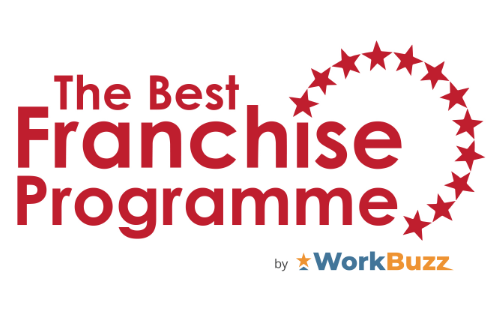In his March column for Elite Franchise, Nigel Toplis discusses the ‘rough science’ of analysing your ‘return on investment’.
Calculating your potential return on investment (ROI) is rarely ever straightforward. However, there is a process you can follow to help solve this conundrum, and provide you with a basic ‘ballpark’ figure. Begin by working out your total investment in the business. This includes the working capital you will need before the business starts contributing. This will give you a baseline figure for calculating the breakeven point.
No two franchises identical
Different franchisees will have different breakeven points depending on factors pertinent to that business. For example, a franchise requiring significant investment upfront will take longer to pay back than a franchise with little initial investment.
A franchise that requires you to rent premises, or purchase high levels of stock, or make a significant investment in equipment, will take longer to pay back than one where you’re working from home. A high-investment, high street, high-stock franchise may take two or three years to break even. Compare this to a ‘work from home’ franchise which can often return significant income levels within two to three months.
But never lose sight of the fact that when calculating the ROI or breakeven point, this is simply a rough science. There are too many variables that will impact the business, not least the franchisees themselves. I’ve witnessed two franchisees that are part of the same brand, and operating with similar market sizes and demographics, yet achieve totally different breakeven points.
Following the system
Much depends on a franchisee’s own level of activity, drive and ambition. All new franchisees have varying levels of competence, not to mention different skillsets and, most importantly, willingness to follow the business plan. Franchisors have generally spent a lot of money and time developing their business systems.
They will have produced marketing tools, developed training programmes and initiated support systems. Therefore it’s vital for new franchise partners to follow the system, market the business correctly, remain ambitious and be prepared to work hard. By satisfying these basic principles, it becomes a little easier to calculate, as well as reach your breakeven point within a defined period of time.
Work with an accountant who will help you to construct your own financial modelling system, that will go some way to determining your breakeven point. The franchisor will have their own expectations with regards to turnover, gross profits, costs and net margins. So gather as much specialist help and expertise as you can, when devising your breakeven ‘template’.
Then add your own assumptions about the marketplace, your potential penetration, as well as the prices you feel confident of charging. Try to work out how many return customers you can count on, and how quickly new ones will appear at your door. As I said earlier, this is no exact science.
A trio of outcomes
Prepare three different scenarios for your business: These being ‘positive’, ‘average’ and ‘negative’. Start by mapping your expected performance. This is the one that most closely matches the franchisor’s model.
Then do a calculation on the conservative side, which may mean involving a lower turnover with higher costs. The third option should reflect one of optimism. Calculate a more positive estimate that has lower costs, a better than expected turnover, and higher margins. Then compare the three.
Talking
Talk to other franchisees within the network about these three calculations. Seek their input and opinions. Do they believe you are being realistic, too negative or overly positive? Then discuss your results with the franchisor, explaining how you arrived at these three figures.
With all the necessary information at your disposal, having spoken to many different people, you should eventually assemble an accurate financial picture of your business – and its likely ROI.
Franchising works best when three critical factors successfully merge: 1) A good and proven system supported by the franchisor; 2) Rigorous implementation by the franchisee; 3) Shared best practices across the franchise network. If your calculations stack up, then you should reach your breakeven point within the predicted timespan.

































